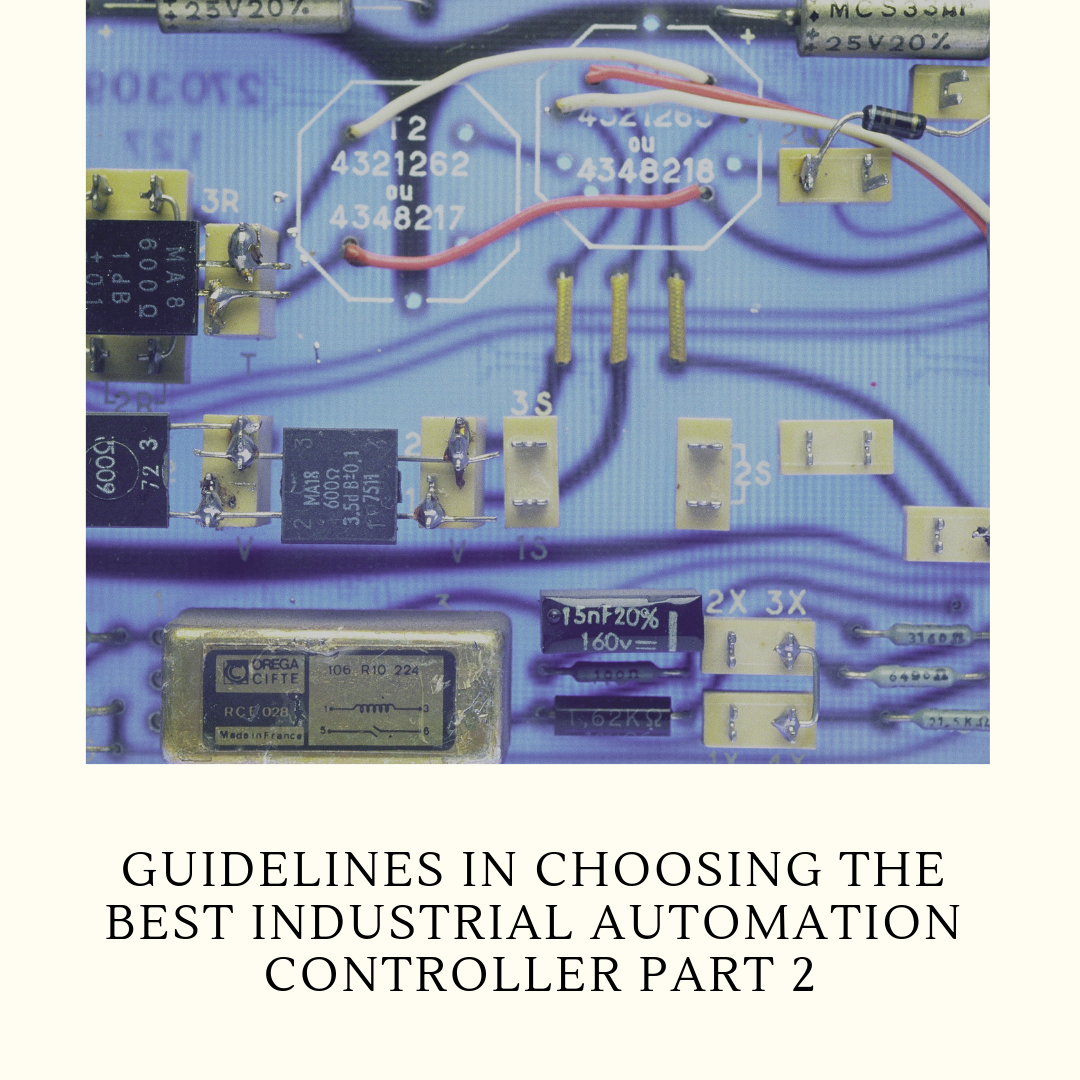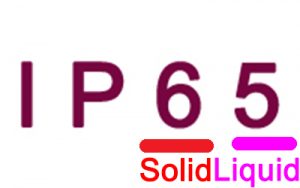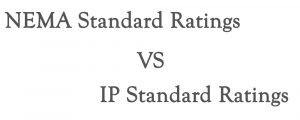
System-level (some of it) are already out of the way, we can now define the I/O count and the different types of it are next on the line. Engineers should practice to have all the discrete inputs in a list and also the outputs on a spreadsheet to help them to define different types. This includes analog and digital sensor, solenoid, actuator, control valve amongst any other things. Do not forget to include the signal types, communication protocols, power requirements among all other considerations.
The number of several I/O points and its type should define the huge effect on the selected control platform. It is indeed the most common mistake to select a controller that will be able to accommodate the needs without having provision for mistakes or future expansion. In the same way, engineers should be aware the some of these controllers can have limitation on certain types of I/O especially the analog and specialty types.
The I/O data spreadsheet should contain the several list of functions and different signal level across all the analog devices needed. This also includes the total voltage & current loops, thermocouple, and resistance temperature detector (RTD) inputs. This comes with summary totals for the voltage and current outputs of I/Os. However, the specifications for the controllers should be thoroughly checked to make sure that the total number of the analog inputs and outputs are currently supported. As well as the signal levels should be checked.
The specialty I/Os or other intelligent modules has to be broken down and listed on the I/O spreadsheet that contains other data. Other specialty items that comes with this are the real-time clock, the high-speed counter, and high-speed output. Others also include the positioning, servo/stepper motors among other things.
The other thing is the specialty functionality that is crucial for other application that should be supported by the controller. It is not safe to assume that each controller should determine the time or has advanced or even the simple motion control functions. Engineers should understand the several application requirements and its controller capabilities. It is a requirement to make sure that all the features that are needed can now see the available capabilities in the near future.
The location of the I/O terminals in physical form should be in line with the devices that are also being used and carefully add this data to the spreadsheet. The modular breakdown will help the engineers will help in laying out the I/O and local remote needs. This can also help in determining the right real-time communication protocols that are required in the process. Some of the installations should in a way keep things locally, whereas in other areas it should depend heavily on the remote I/O or combination of both things.



